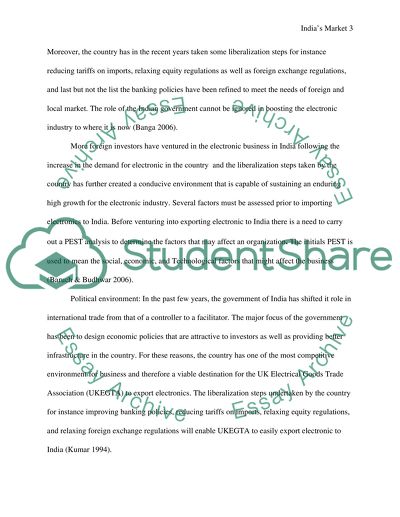Cite this document
(“A short report of India's market for the UK Electrical Goods Trade Essay”, n.d.)
A short report of India's market for the UK Electrical Goods Trade Essay. Retrieved from https://studentshare.org/marketing/1628691-a-short-report-of-indias-market-for-the-uk-electrical-goods-trade-association
A short report of India's market for the UK Electrical Goods Trade Essay. Retrieved from https://studentshare.org/marketing/1628691-a-short-report-of-indias-market-for-the-uk-electrical-goods-trade-association
(A Short Report of India'S Market for the UK Electrical Goods Trade Essay)
A Short Report of India'S Market for the UK Electrical Goods Trade Essay. https://studentshare.org/marketing/1628691-a-short-report-of-indias-market-for-the-uk-electrical-goods-trade-association.
A Short Report of India'S Market for the UK Electrical Goods Trade Essay. https://studentshare.org/marketing/1628691-a-short-report-of-indias-market-for-the-uk-electrical-goods-trade-association.
“A Short Report of India'S Market for the UK Electrical Goods Trade Essay”, n.d. https://studentshare.org/marketing/1628691-a-short-report-of-indias-market-for-the-uk-electrical-goods-trade-association.


